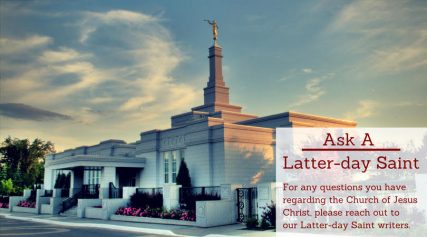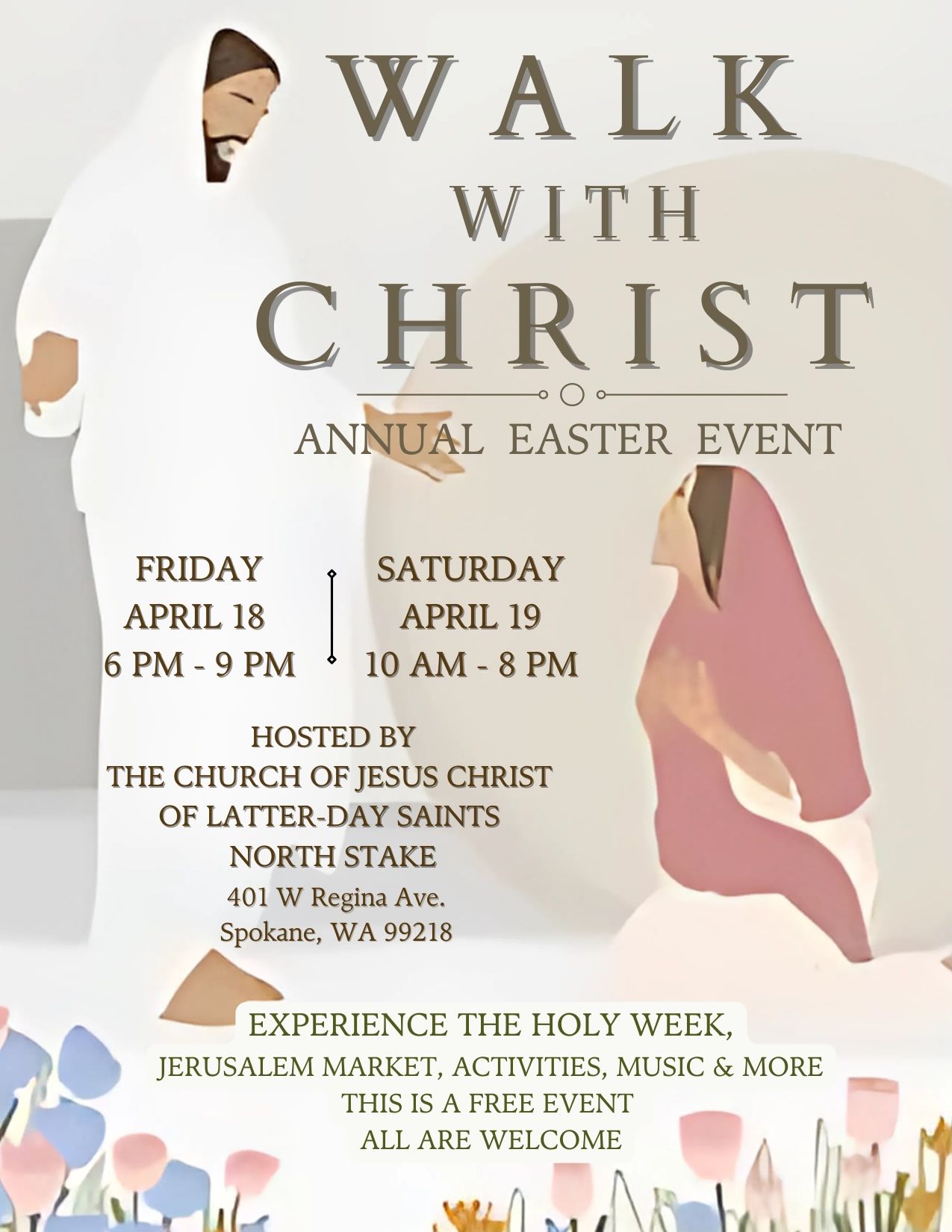Do you have a question about the Church of Jesus Christ of Latter-day Saints? Submit it online or fill out the form below.
By Jeff Borders
I’m black and curious about being a Mormon, but I’ve heard that Mormons think that my skin color is a curse. Is this true?
Thank you for asking this question and allowing me the opportunity to give my explanation. While I don’t speak for every Latter-day Saint, I think my thoughts are similar to many. You may have heard that from the mid 1800’s until 1978, the Church did not ordain men of black African descent to the Priesthood, or allow black men or women to participate in temple endowment or sealing ordinances. This is true. It’s a fact that we don’t deny. In 1852, President Brigham Young announced this restriction on Priesthood ordination, though many black men and women continued to join the Church even after the restriction was put in place. Prior to the restriction, there were a few men, like Elijah Able and Joseph T. Ball who were ordained to the Priesthood.
The Ban and Rumors
Why the ban was put in place was the subject of rumor and conjecture over many years, one of which was the skin color curse of which you asked.
What we do know is that the Church was restored during a highly contentious racial period, and undoubtedly some of that racial prejudice came with the new members who joined. While the Gospel is perfect in itself, we know from experience that people are not. Many of our black brothers and sisters were hurt because of these restrictions and left the Church, but many stayed, hoping and praying that one day they would receive the promised blessings. Those prayers were answered on June 8th 1978 when the restriction was lifted in what is now known as the Official Declaration 2.
Today, the Church avidly disavows all the theories advanced in the past by members and leaders that black skin is a sign of a curse or disfavor if God’s eyes.
Be One Celebration
During the Be One Celebration, celebrating the 40th anniversary of the Priesthood restoration in June of 2018, President Dallin H. Oaks said the following, “Institutionally, the Church reacted swiftly to the revelation on the priesthood. Ordinations and temple recommends came immediately, and membership records continued to make no mention of race or ethnicity. The reasons that had been given to try to explain the prior restrictions on members of African ancestry—even those previously voiced by revered Church leaders—were promptly and publicly disavowed. Changes in the hearts and practices of individual members did not come suddenly and universally. Some accepted the effects of the revelation immediately. Others accepted gradually. But some, in their personal lives, continued the attitudes of racism that have been painful to so many throughout the world, including the past 40 years. Others have wanted to look back, concentrating attention on reexamining the past, including seeking reasons for the now-outdated restrictions. But most in the Church, including its senior leaders, have concentrated on the opportunities of the future rather than the disappointments of the past. They have trusted the Lord’s timing and wisdom while accepting the direction of His prophet. In doing so, we have received new impetus to fulfill the command that we are to teach the everlasting gospel unto all—to all nations, kindreds, tongues and people.”
Today’s Church
Today’s Church is much different than the Church of 1852, with a membership of just over 16 million, many of which live outside of the United States. We are filled with members of many different ethnicities and backgrounds, giving us a much more vibrant community of Saints. While we can’t deny the facts of the past and the hurt that exists for our brothers and sisters, we can look forward to extending the blessings of the Gospel to any who have a desire to come unto Christ.










